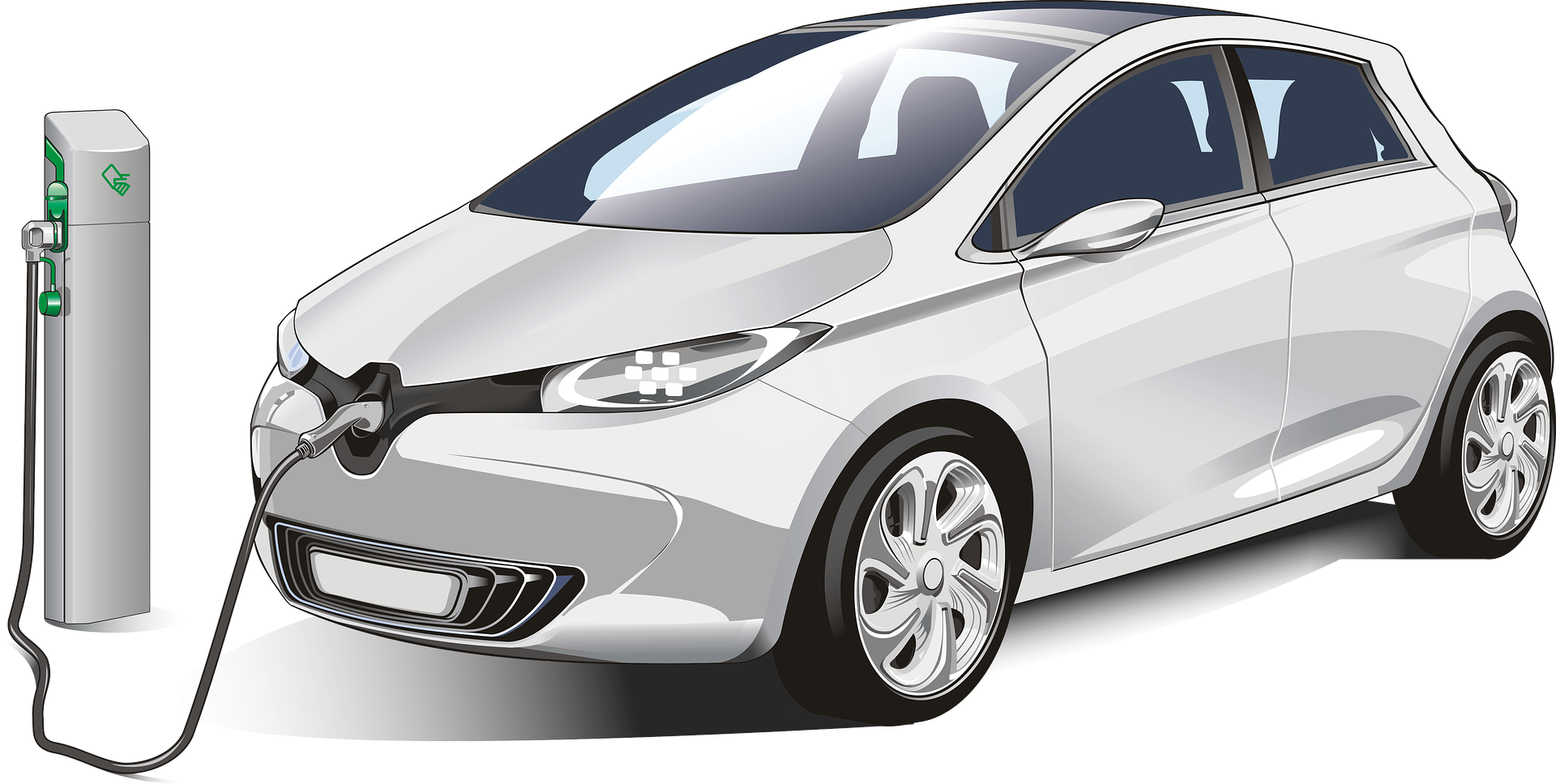You might be surprised to know that electric vehicles were first unveiled way back in the 1890s as an alternative to steam-powered vehicles, but in many ways it’s only in the last 20 years that they’ve truly established themselves in the motoring world.
This is due in part to the impressive and ever-evolving technology that’s found its way into EVs in recent decades and below you can find a breakdown of a few key technological innovations and developments that helped turn these cars into what we find on our roads today.
Tesla and Lithium-ion battery cells
The use of lithium-ion batteries was essential in helping electric vehicles have a more substantial range and ultimately a bigger appeal for consumers. Although these batteries were technically invented in the 1970s, the first instance of this tech being used with EVs was in 2008 by Tesla in their now iconic Roadster.
Mitsubishi, Nissan and mass production
In 2009 and 2010 respectively, improvements to the technology, production and design of electric vehicles saw two landmark models released, namely the Mitsubishi i-MiEV and the Nissan Leaf. What separated these particular models from other EVs was that they were the first mass produced models available to a wider consumer market.
Luxury electric vehicles
By 2015 interest had grown in EVs and Tesla had developed and rolled out models like the Tesla S which offered improved luxury and sports car-like performance. While there was no specific technological breakthrough, the improved tech in these higher-end EVs was down to the fact things like the batteries and the components in their electric motors were becoming much cheaper to design and produce.
Longer range models
Today EVs come in a variety of types and styles and are fitted with all the features you’d expect (e.g. cruise control, sat nav and smart consoles), but arguably the biggest technological difference from EVs of 20 years ago is the longer range we can now get from purely electric models. A number of Tesla’s latest vehicles can push upwards of 300 miles, while others like the Jaguar I-Pace and the Kia e-Niro offer around 290 miles, all on a single charge.
What all this shows is that EVs have changed significantly in a relatively short space of time, and with the news that petrol and diesel cars are to be phased out in a number of countries in the coming decades, it’s likely we’ll see further investment in EVs and the tech that goes into them. As such, exciting times lie ahead for these cars and it will be fascinating to see how much motoring could change in the next 20 years.
Andrew Rogers
Andrew Rogers has been working and writing within the motor industry’s
marketing niche for 4 years and is the creator of Rogers Electric, a self-help guide
for every new electric car buyer.
